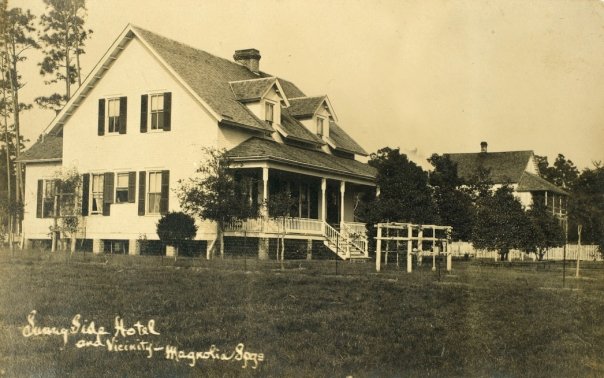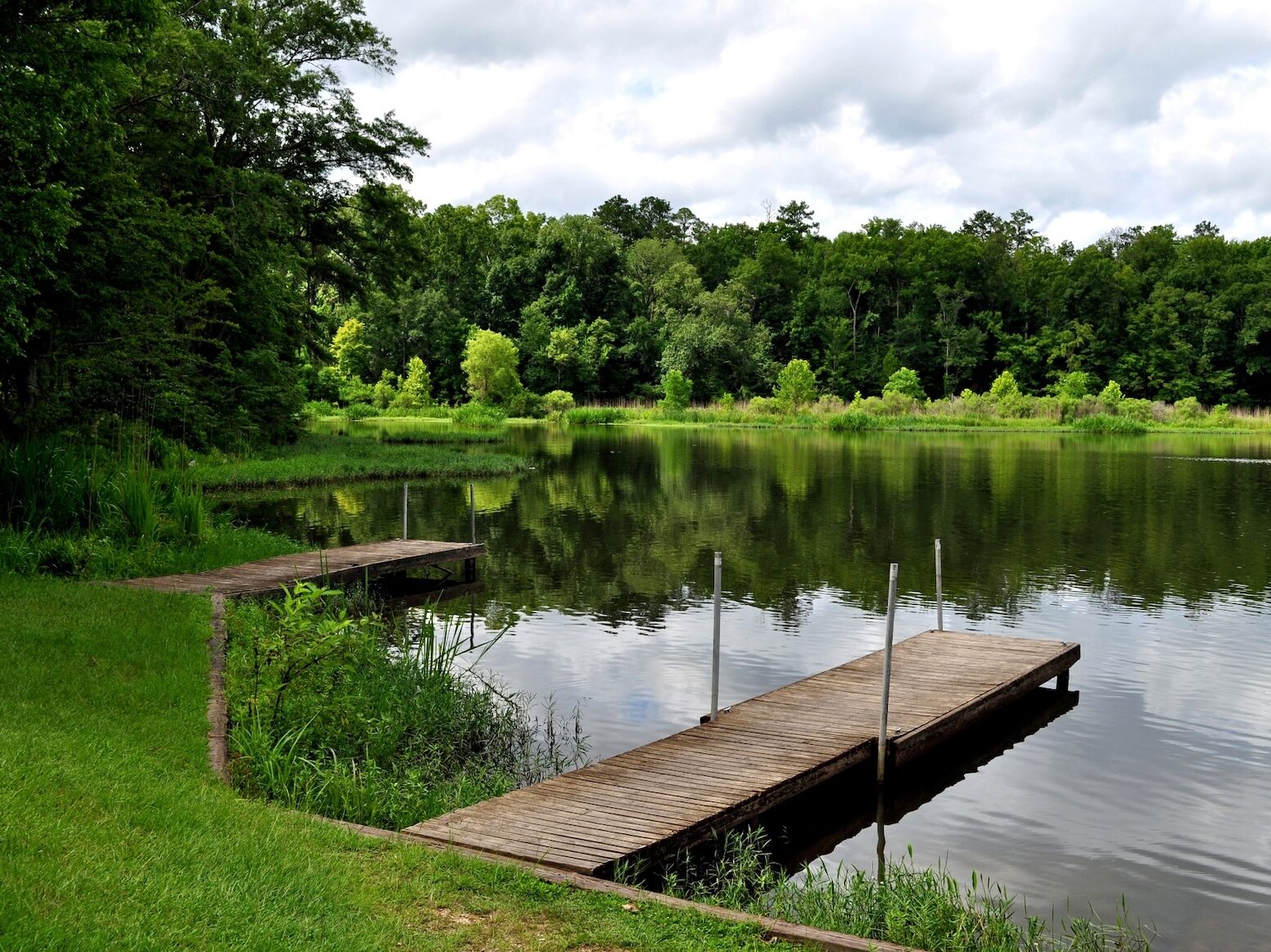Driving along Highway 98 on an early spring afternoon, a conversation breaks out.
“I think there’s an amazing restaurant right over here,” offers the self-professed tour guide.
The driver looks around and finds himself surrounded by the trees, shrubs, and pavement of a small town.
“Here?” he questions.
Reluctant but curious, the driver makes a turn onto a road marked Magnolia Springs Highway. Not fully convinced, he looks skeptically out the window on either side.
“We’re almost there,” encourages the passenger.
Shortly thereafter the driver locks eyes with the white facade and string lights of a local restaurant. He glances over to the right to see a sign marked Jesse’s Restaurant.
“Take a right and pull in here.”
The pair spends the next hour or two at the restaurant’s bar ordering dishes as they speak over one another in excitement. The food has done more than impress, it has aroused a childlike anticipation for each new dish. Tipping generously and thanking the staff, the two make their way back to the car in an ecstatic haze.
“One more thing. Let’s take this street.”
The driver feels no hesitation after the success of their last venture. Driving along Oak Street, he braces for something presently unknown to him. Before long, he finds what he is looking for.
Great oak trees sprawl overhead creating a tunnel of foliage on all sides. Their wide boughs shine sturdy against the fading sunlight. He has discovered the magic of Magnolia Springs.
Many readers will resonate with this story of experiencing one of Alabama’s most charming small towns. Magnolia Springs has been luring in curious travelers for decades. However, few know the history of the town and how it got its name.
Magnolia Springs dates back to an 1800 Spanish land grant. Over the course of the war, many soldiers’ families flocked to Magnolia Springs and the Magnolia River as a destination. By the time of the war’s end, Northern and Southern families had built homes in the area. Inns and businesses were built along the riverside by families from Vermont, Chicago, St. Louis, and other Northern cities. Similar efforts were made by Alabamians and other Southerners.
Around the turn of the century, a number of chemical companies from up North declared the water from natural springs in the area “the purest in the world.” The town’s ancient magnolia trees and eternal springs gave it the name it holds today. The magnolia trees can now be found amongst an impressive canopy of massive oak trees as well as camellias and blossoms of azalea, wisteria, and dogwood in spring.
The Magnolia River retains much of its original importance. Once considered the “highway for commerce and communication”, it is the only surviving river route for mail delivery in the U.S. The river is characterized by its quaint feel, home to a number of wildlife species, vibrant greenery, and charming boathouses. Locals are dedicated to preserving the town’s charm and historic significance as The Magnolia Springs Community Association stands strong in its original home after nearly a century.
In its present form, Magnolia Springs offers an incredible community that locals and visitors can appreciate. The Town of Magnolia Springs says it best, “Magnolia Springs, a successful mix of Southern and Northern, of native-born and transplant, epitomizes the ‘New South’ yet, at the same time, glories in the true application of the phrase ‘Southern hospitality.’ The narrow lanes and shaded streets, lined with gracious homes and well-tended gardens, present an appealing presentation of life at a slightly more relaxed pace but with limitless possibilities.”




